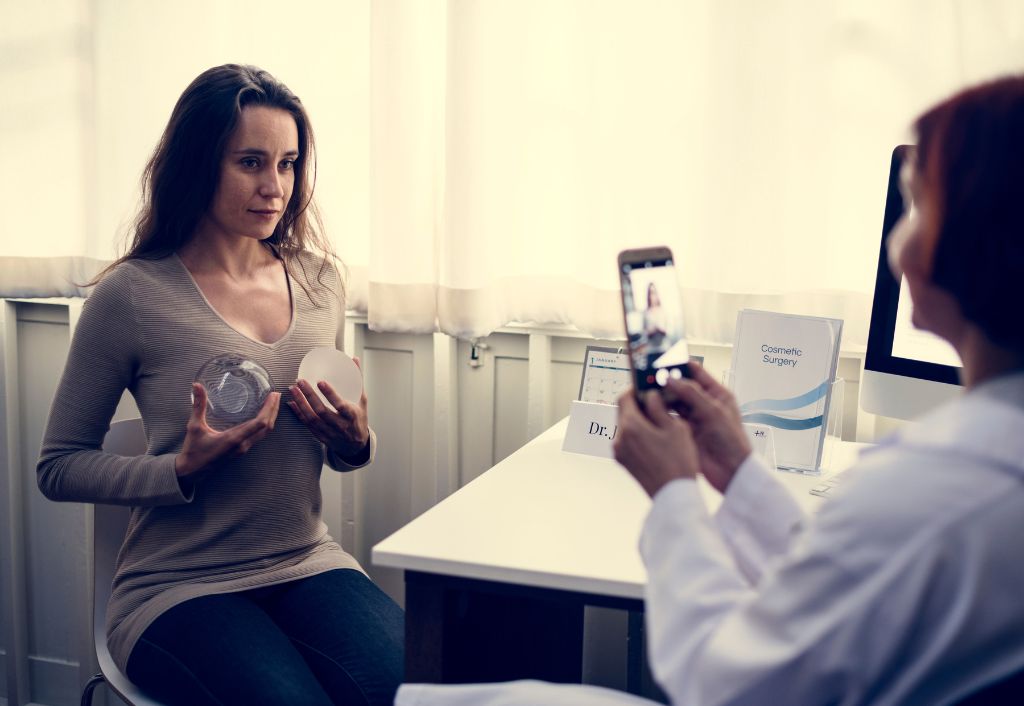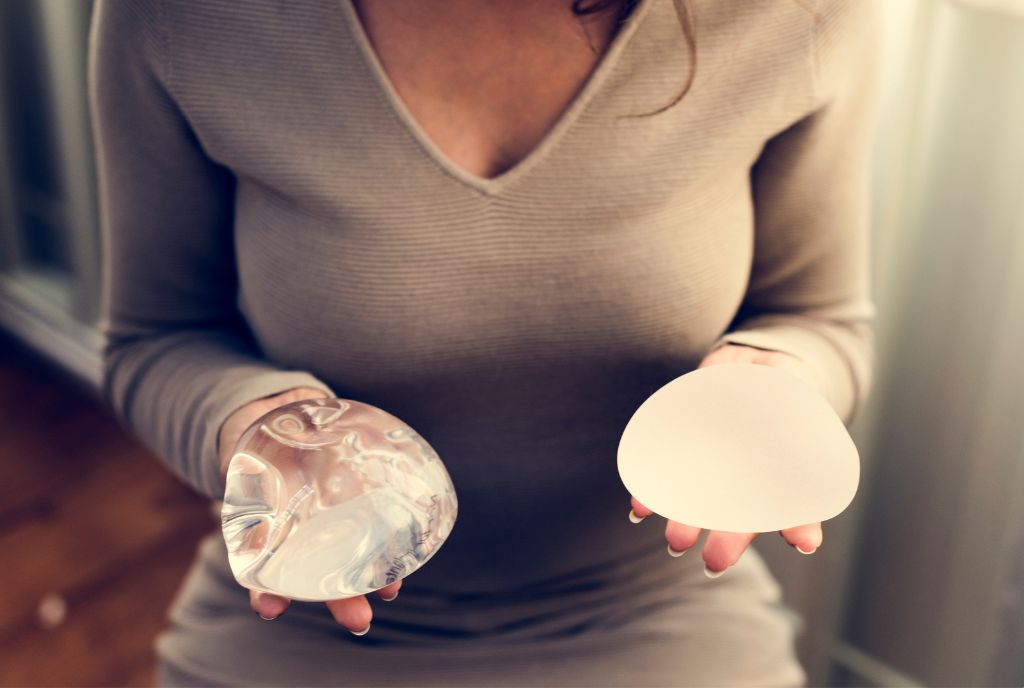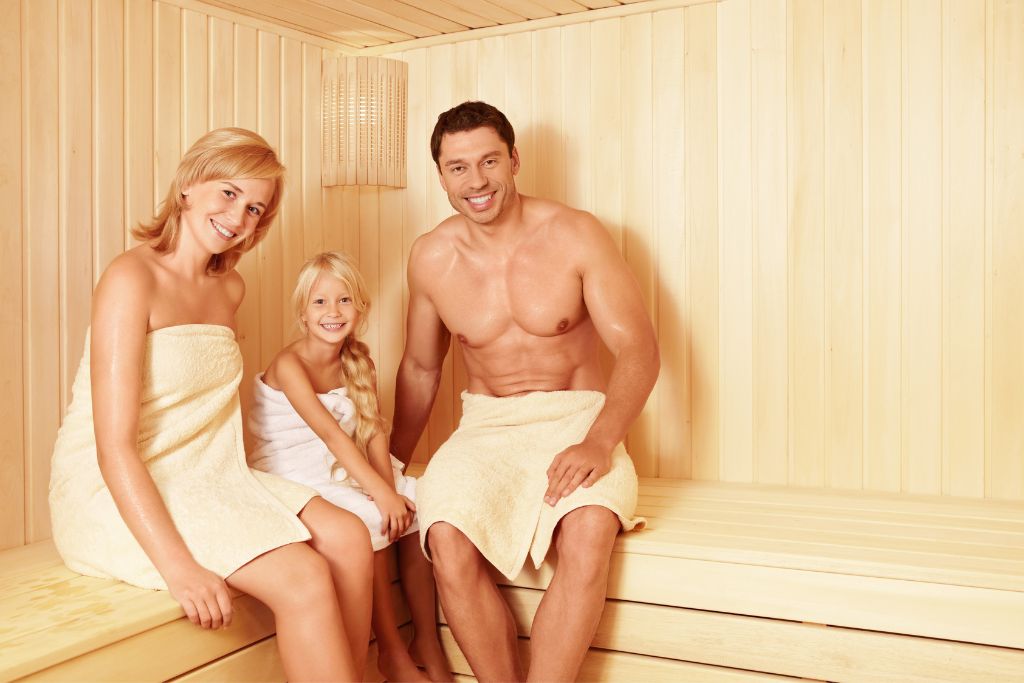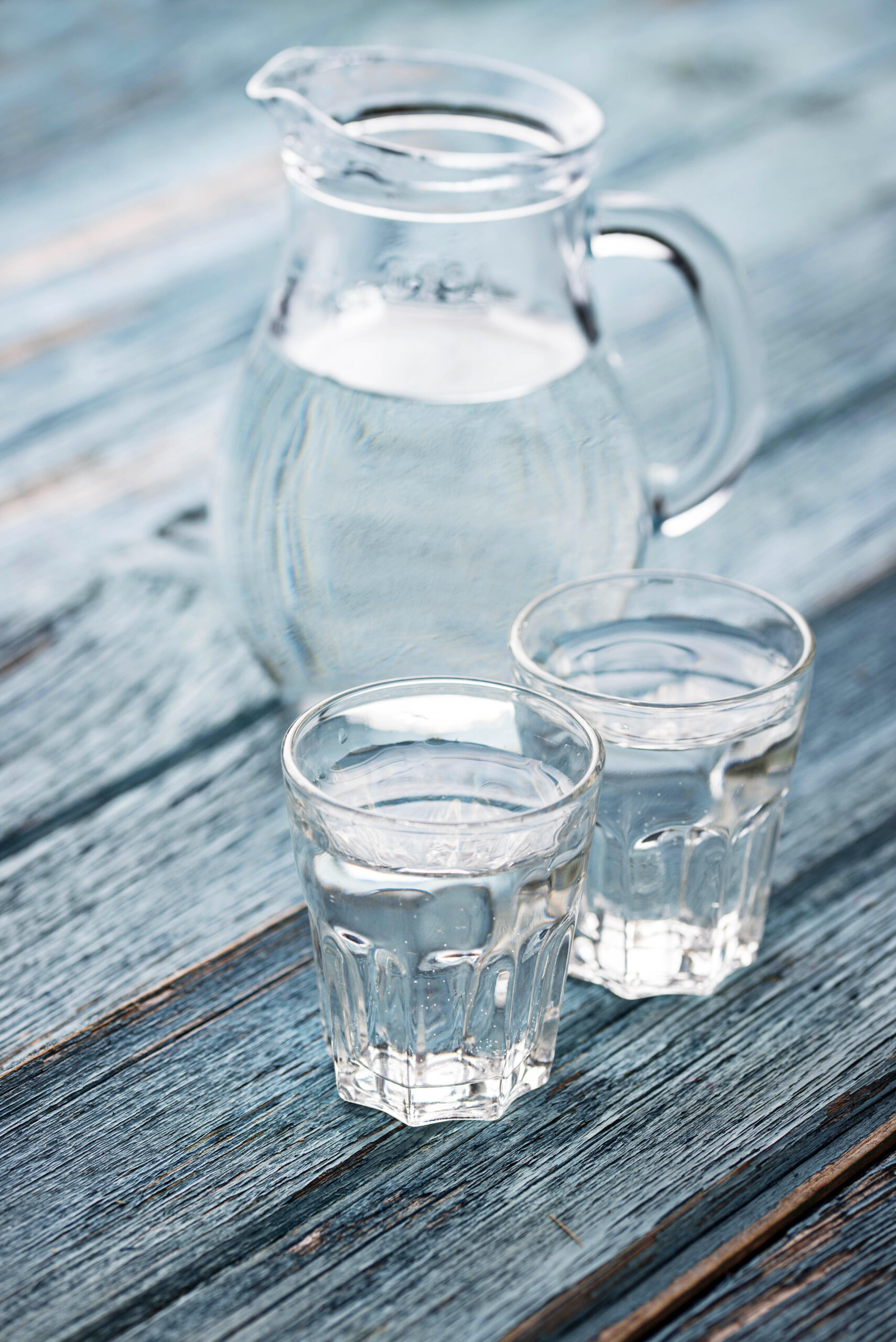At saunas.org, one question that comes up frequently is whether or not it is safe to sauna with breast implants. The unfortunate reality is that there is little data to determine the risks associated with sauna bathing with breast implants; similarly, there is little data to support the safety of sauna bathing with breast implants.
There are certainly some considerations to keep in mind before engaging in regular sauna use if you do have breast implants. Given that breast implants are a relatively new technology, it is very difficult to gather data on their long term safety as it pertains to certain activities, including sauna bathing.
Several reputable research institutions continue the ongoing monitoring of the safety of breast implants; it is therefore a work in progress to know for sure how safe extreme heat exposure is for individuals with breast implants of saline or silicone varieties.
If you do have breast implants and would like to engage in a regular sauna practice, we suggest that you keep the following factors/recommendations in mind:
- Source of Heat For your Sauna:Traditional Saunas, Steam Rooms or Infrared Saunas
- Consider Using Just Near Infrared Light
- Check In With Your Surgeon On a Regular Basis
Consider The Source Of Heat: Convection Versus Radiant Heat and How Silicon Reacts To Each
A primary consideration for anyone with breast implants looking to benefit from sauna therapy would be the type of heat used in the sauna unit. There is no conclusive data regarding how different types of heat affect the encasing of breast implants (even if you have saline implants the encasing of the implant is still made of silicone), so many experts state that those with implants are using a sauna ‘at your own risk’.
That being said, depending on a few factors, silicone will not begin to melt until it reaches at least 250-400 degrees Fahrenheit, and is considered to be a flame retardant. (1) This temperature is much hotter than you could expect to experience in either an infrared or traditional sauna.

When considering what type of sauna to use if you do have breast implants, at first it may seem that infrared saunas are the safer choice because of the lower temperatures, however, infrared heat is radiant and penetrates into the soft tissues of the body to elevate internal core temperature.
A traditional sauna will generally heat up to anywhere from 180 degrees Fahrenheit to 200 degrees, but this is the measurement of the atmospheric temperature of the cabin structure. This does not mean that the internal body temperature will go much beyond 101 degrees Fahrenheit, in fact, it may not even reach this high of a temperature. Therefore, given that traditional saunas do not heat the core temperature of the body up as high as infrared light saunas, a traditional sauna may be slightly safer for those with implants.
Infrared light is a radiant and unseen light; the sauna temperature will generally only go up to 150 degrees Fahrenheit. The reason the temperature is lower in infrared saunas is because the heat is radiant, meaning that it moves in a wave-like structure out from the heaters and can penetrate into the soft tissues of the body.
While the ability of far infrared light to heat up the internal temperature of the body is excellent for many individuals looking for maximum detoxification, perspiration, and improved cardiovascular function, it may potentially be more hazardous for those living with silicone breast implants.
As there is little conclusive evidence surrounding this subject, it is conjecture only, to say that perhaps the deeply penetrative waves of far infrared light may be slightly riskier than the atmospheric heat of the traditional sauna.
Given that little is known about how silicone breast implants are affected by infrared light over a period of time, if you do choose to sauna with breast implants, continue to check in with your surgeon regularly. Consider sauna bathing a riskier endeavor, and if you do choose to sauna with breast implants, please do so at your own risk.
Near Infrared & Red Light Therapy May Be Safer
If you would like to benefit from the effects of near infrared and red light, known as photobiomodulation, then you can do so without the use of a full sauna. Perhaps consider purchasing a red heat lamp or apparatus that contains near infrared and red light.

Although you will not benefit from intensive sweating with red light therapy, you can still benefit from the effect that photobiomodulation has on the entire body’s system without the risk of disrupting the integrity of the silicon of your implants.
There are still options available to benefit from near infrared light that are very low risk for folks with breast implants, so perhaps consider near infrared and red lamp therapy combined with a traditional sauna for example.
Sauna Use With Breast Implants Demands A Heightened Level of Monitoring For Leakage
Many women with breast implants regularly and anecdotally report no issues whatsoever with regular sauna use, however, this technology has not been around long enough to collect enough scientific evidence to know for sure over the course of many years exactly how breast implants will react to the intensity of heat in a sauna.
If you have breast implants and choose to sauna regularly, you must do so at your own risk and be sure to check in regularly with your surgeon to ensure that your implants are still holding up well under the intensity of heat.
Sources Cited:
- https://www.mayoclinic.org/healthy-lifestyle/womens-health/in-depth/breast-implants/art-20045957
- https://jehbco.com.au/improving-extreme-temperature-degradation-silicone-rubber-using-flame-retardant-additives/





